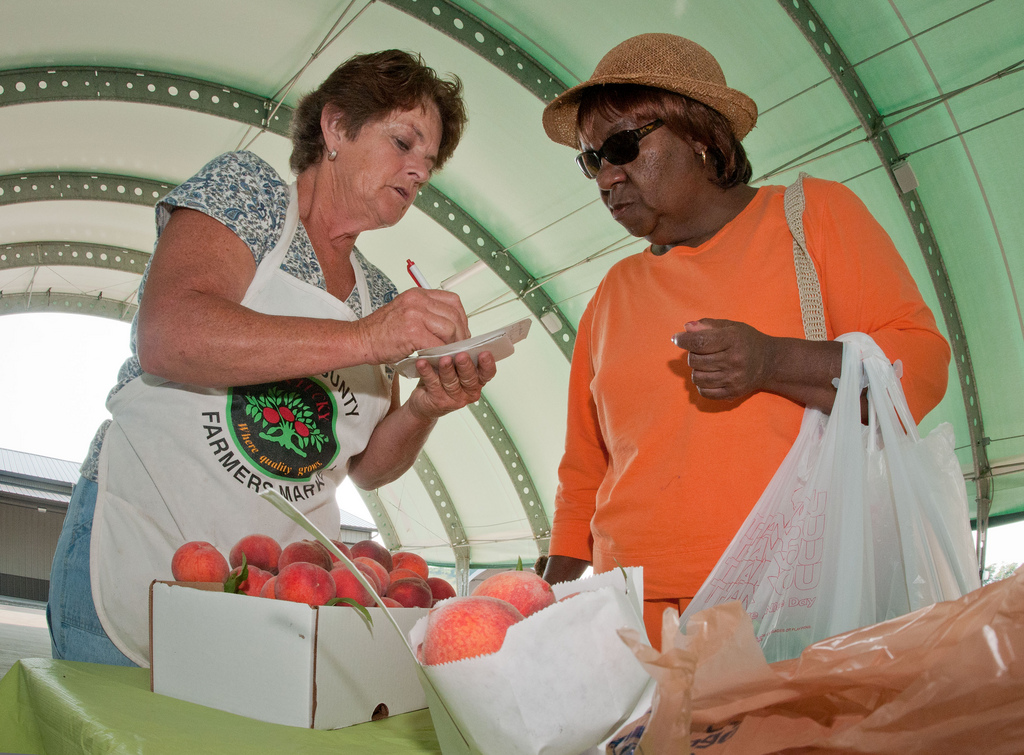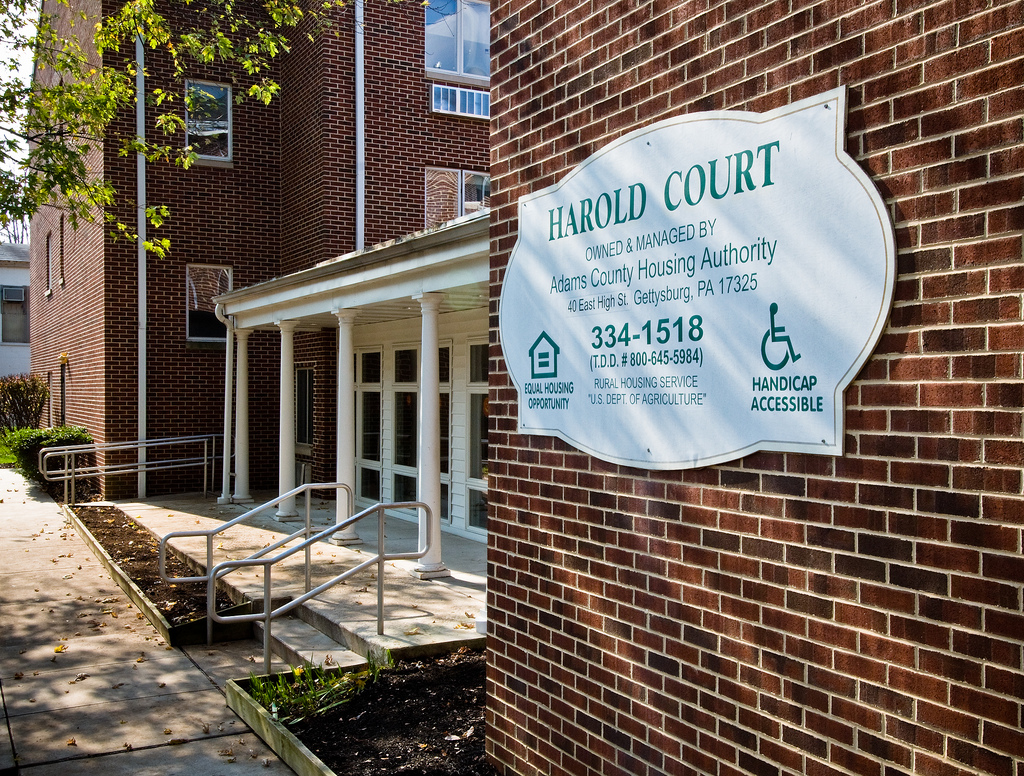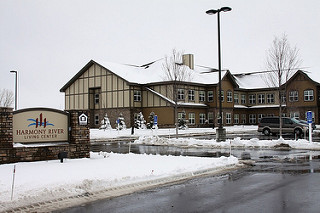
There are things everyone wants for their families, friends and neighbors: a safe place to live, access to good health care and healthy food. Yet as we get older, sometimes meeting basic needs can become more challenging. Next week the 2015 White House Conference on Aging will focus on the policies that impact older Americans across the country. Often, older Americans who live in rural areas are isolated, with fewer transportation options and limited access to other important services. Knowing these unique challenges is one reason USDA and other federal agencies are investing in housing, health care and nutrition programs for our country’s rural seniors.
For instance, USDA’s Rural Development’s Rural Housing Service provides safe, affordable rental housing opportunities for the elderly in rural America through its suite of multi-family housing programs. With more than 5,000 existing multi-family housing complexes for senior citizens living in rural areas, USDA’s Rural Housing Services staff work with partners to provide rural elderly residents with more than 146,400 safe, affordable apartments. These partnerships create places like the East Ward Village Apartments, an abandoned school that was renovated into a multi-family housing complex with 31 units for seniors and disabled individuals in McCook, Nebraska (population 7,770).
USDA’s Rural Housing Service’s Single-Family Housing Repair Program has more than $28.2 million in grants to help 4,670 very low-income, elderly rural residents repair their homes – making them safer and healthier places to live. This includes older Americans like Leon and Priscille Boucher who have lived in the same house in Berlin, New Hampshire (population 9,600) for 47 years. With a small grant from USDA’s Single Family Housing Repair program, the Bouchers were able to replace the faulty roof, making their house safer and more secure.
To improve access to reliable health care in rural communities, a variety of Medicare strategies have been put in place, including the Critical Access Hospital program and expansion of rural health clinics and community health centers. In 2014, USDA’s Rural Housing Service invested more than $176 million in 33 assisted living and nursing home facilities through the Community Facilities program. This includes facilities like the Maple Grove Apartments in Carthage, Illinois (population 2,544). In partnership with USDA, the Hancock County Senior Services Association developed Maple Grove into a new “small house” assisted living design specifically for seniors with limited mobility and advancing dementia.
USDA helped support a new Diabetes Center for Excellence in Akwesasne, New York (population 12,000) to serve the St Regis Mohawk Reservation in upstate rural New York. Chronic health challenges like diabetes impact tribal elders disproportionately, and the Center will help improve the health and wellness of the Akwesasne community by providing specialized services for diabetes prevention and management.
To help rural older Americans who may face challenges in accessing healthy and nutritious food, USDA’s Senior Farmers’ Market Nutrition Program (SFMNP) helps low income seniors access fresh, nutritious, locally grown fruits and vegetables, from farmers markets, roadside stands and other local retail. Earlier this year, the AARP Foundation received $3.3 million through the a Food Insecurity Nutrition Incentive (FINI) grant to enable SNAP shoppers to purchase more fresh produce from farmers markets and Kroger grocery stores in Mississippi and Tennessee. AARP Foundation is using this grant to develop and implement a nutrition education program for older adult SNAP shoppers to inform older adults about the value of fresh foods both nutritionally and economically.
On Monday, the White House Conference on Aging will look at these critical issues for older Americans in rural communities and across the country, and we hope you’ll be able to join in the conversation.
Here's how you can get involved with the White House Conference on Aging:
- Watch the event: We are web-streaming the event live from the White House and encourage everyone to watch.
- Host a watch party (PDF): Invite your friends and colleagues to watch with you. Use this link for additional information on how to host a viewing session for the conference
- Participate in Q&A with the experts: Tweet your questions using #WHCOA, and we will pass them along to the panels at the conference. Then listen carefully – as you may get an answer the whole country can hear.
- Interview an older adult: Download the StoryCorps app to record an interview with an older adult in your family or community. Upload the interview to archive it in the Library of Congress and share it on social media using the #WHCOA hashtag.
- Complete the sentence (PDF): How would you finish the sentence: “Getting older is getting better because …”? Download this form and tell us how getting older is getting better. Take a photo, fill in your answer, and send it back to us via Twitter using #WHCOA.




